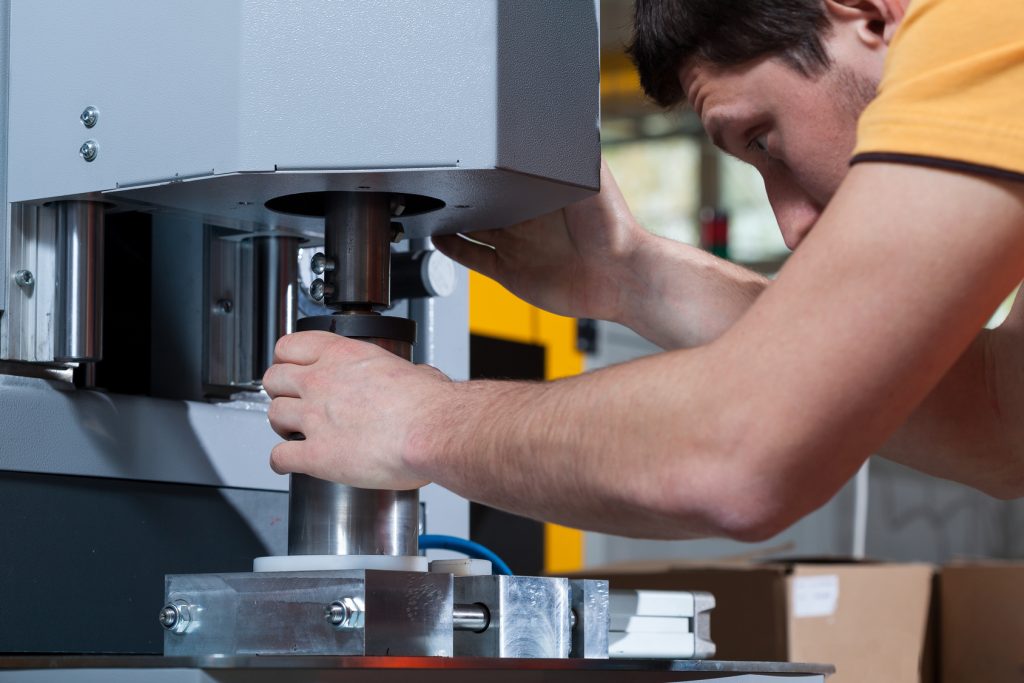There was a time when to order a nameplate or a graphic overlay would have gotten you very different products than if you did the same thing today. Fortunately, for the difference in things you can do with these different items, that’s a good thing. The primary difference in the products that today we call nameplates and graphic overlays is their use. For example, if you have something you want to announce to the world using some kind of graphic tool, but you want to use it out of doors, you should seriously consider an overlay. On the other hand, if you need a more traditional product label where there is little concern over whether it will be exposed to the elements, a nameplate is usually your best choice.
First the Good News
Whether you decide to use a nameplate or a graphic overlay, one matter that needs to be determined before you start is the type of material you want to use as a base. Fortunately, there are a practically infinite number of materials and substrates that you can use to form the base of your final product. These include different types of polyesters and polycarbonates, which differ in many ways, including the printing processes required to use them as well as price and other factors.
Another important factor to consider when you are deciding which product to use is the QS-9000 and/or ISO 9001 certification that is required. These certifications play an important role in the processes that are used to create them. And in creating these different products, different printing methods are required for final production. It naturally follows that with the different printing methods that are used, there are different standards that can be maintained in terms of color quality and capabilities of the surfaces to be printed on.
Specifics
As similar as these two methods are, they can be very different as well. Nameplates are excellent vehicles when a message that needs to be delivered needs to be permanent and look good as well. The printing methods that can be used with nameplates have stood the test of time and have proven that they will remain not only quality, but visually appealing for a wide variety of decorative, promotional, and instructional purposes.
Nameplates are normally recommended for applications that are either indoor or outdoor. Screen printed or digitally printed nameplates are most often used in a wide variety of commercial and industrial applications.
By contrast, the applications for graphic overlays are different but just as extensive. First, the versatility of graphic overlays has made them very popular in a number of commercial and industrial applications. Graphic overlays are often used where there is a need for a more cosmetically appealing look to a product or sign. For example, graphic overlays can often be found when there is a need for a more appealing connection between a product and the user. These are often found as the lettering and other design elements of appliances and other products that need to be durable and long lasting.
It should be noted that regardless of the type of labeling that is used, both methods can be counted on for a high-quality and appealing method of labels. There can be other factors in terms of determining which is best for a given application, but everything else being equal, both methods are of high quality and performance.




